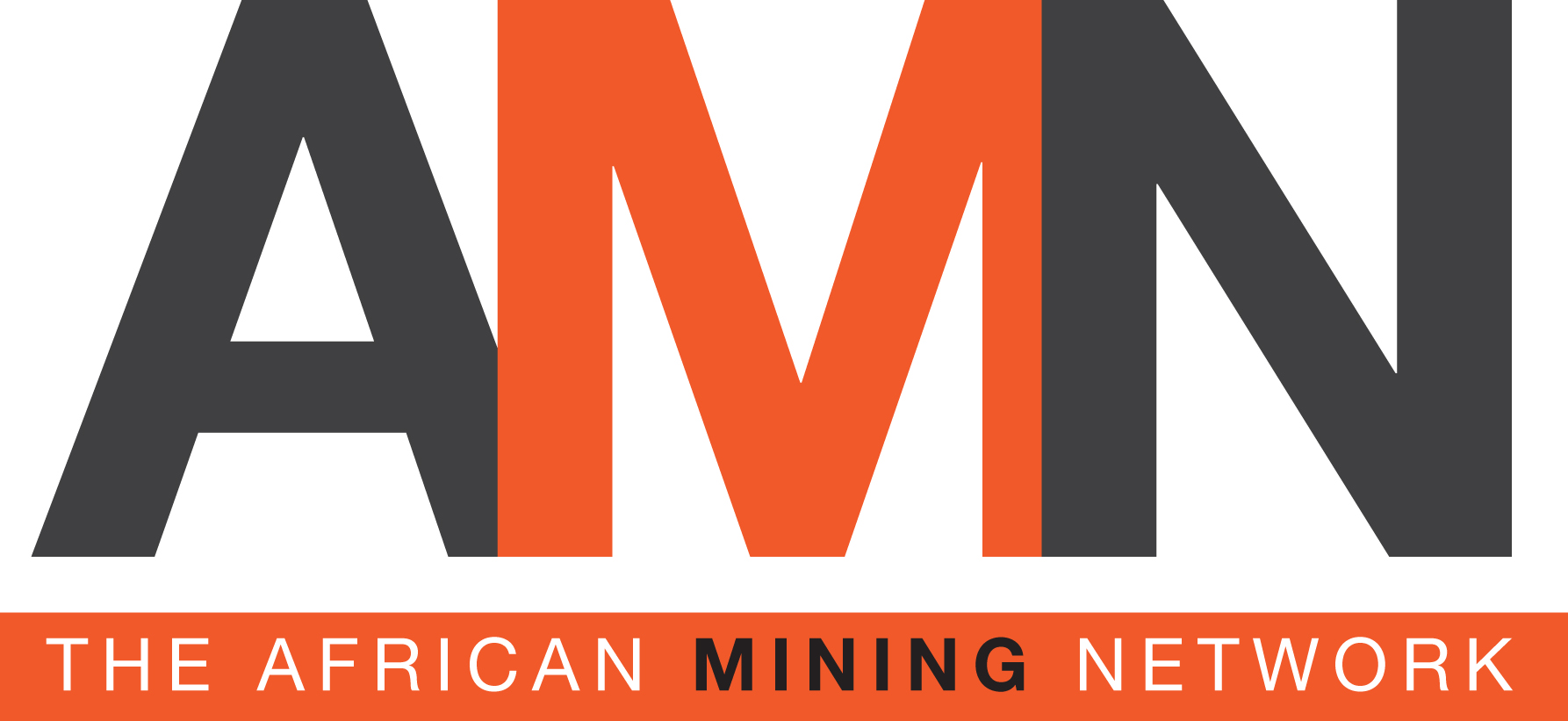- Yolanda Torrisi
- +61 412 261 870
- yolanda@yolandatorrisi.com
- Nina van Wyk
- +27 82 926 3882
- nina@africanminingnetwork.com
![]()
Mining is set to play a bigger role in Kenya’s economy and the government is determined to do its best to encourage growth in the sector. The country is not known for its mining but has more than its fair share of mineral endowment which can be exploited in a meaningful and sustainable manner given the right approach from all stakeholders.
The Kenya Mining Forum in Nairobi next Monday and Tuesday represents an ideal opportunity to enhance this process through effective dialogue and open minds.
The forum, which is being organised by the Kenya Chamber of Mines, shines a light on the Kenyan mining industry and highlights the key roles that stakeholders can play along with government initiatives to boost investment into the sector. It also showcases key equipment and service providers who are equipped to service this growing sector.
While former Mining Cabinet secretary Dan Kuzungu has moved on to new ventures after doing a stellar job in the key role, his replacement Dan Munyes is showing his willingness to continue the good work government is looking to achieve.
Chamber of Mines CEO Moses Njiru Njeru recently stated: “The mining industry is looking forward to contributing to the Kenyan Government’s Big Four Agenda, as the mineral industry provides key raw materials for at least three of these four pillars, which include manufacturing, universal healthcare, affordable housing, and food security.
“Kenya remains an exciting new mining destination on the continent. The nation’s upbeat tempo and progressive mindset is ready to embrace technology and innovations to leapfrog the entire mining value chain towards becoming a modern mining player. For example, an extensive airborne survey of Kenya is underway to identify all the mineral opportunities.”
The country is the world’s third largest producer of soda ash and seventh largest producer of fluorspar. Metallic minerals produced in the country include titanium, gold and iron ore with export statistics indicating a growing sector.
Recent discoveries are estimated to be worth US$62.4 billion and will propel Kenya to the list of the top five countries with rare earth deposits while, in addition, the country has the world’s top six deposits for niobium.
Base Titanium’s heavy mineral sands mine, commissioned in 2013, has become an industry leader in the production of rutile, ilmenite and zircon, and the Kenyan coast hosts more heavy mineral sands resources which could be developed. Kenya has a vibrant limestone mining and cement manufacturing industry, with players such as Bamburi Cement, Athi River Mining and East African Portland.
Until recently, the country was producing about 150,000 tonnes per year of fluorspar. The mine closed, but there are plans to revive it as the resource is not exhausted. Other industrial mineral development opportunities include diatomite, vermiculite, baryte, bentonite, gypsum, graphite.
The country has significant potential for gold production, in particular in the Nyanzan greenstone belts of Western Kenya, where artisanal mining is rife. Some base metal occurrences, including copper, chromite and iron ore, are known and exploited on a small scale. The most immediate development potential, however, lies in the manganese deposits between Mombasa and Malindi.
Commercial deposits of coal have been discovered in the northeast and are under review for potential uses and production. These deposits are being billed as a source of cheaper energy to drive Vision 2030, the economic blueprint that aims to make Kenya an industrialised country in 20 years.
The Ministry of Mining has been active, creating numerous opportunities to support the growth of the sector, including:
New Mining Act: A new act was implemented in May 2016 and regulations have been made. In a year, Kenya has jumped 16 places to position 86 from 102 in the most attractive global mining destinations.
Nationwide airborne survey: In September this year, Kenya’s Government has signed with China EXIM Bank a US$68 million deal to fund a nationwide airborne survey and map the country's minerals and natural resources.
Mineral Right Board (MRB): The MRB was inaugurated in July 2017, providing more transparency in issuance of mining licences. This will, in turn, reduce the time taken to approve applications via the online cadastre.
With government involvement encouraging further exploration and uptake of mineral rights, it is estimated that the country will have the capacity to position itself as a regional mining sector hub for East Africa.
- Yolanda Torrisi is Chairperson of The African Mining Network and comments on African mining issues and the growing global interest in the continent. Contact:yolanda@yolandatorrisi.com

